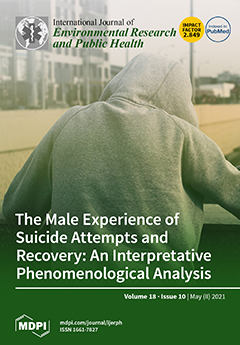In our randomized controlled trial, we investigated whether Wu-style Tai Chi (Tai Chi combined with Daoyin) as a potential exercise prescription is more effective than simplified Tai Chi in the prevention and treatment of hypertension and hyperlipidemia in the middle-aged and elderly. We randomly assigned 66 patients with hypertension and hyperlipidemia to one of the two groups: the Wu-style Tai Chi group or the simplified Tai Chi group; the simplified Tai Chi group only exercised simplified Tai Chi three times a week for 6 weeks. The Wu-style Tai Chi group participated in 60 min of Wu-style Tai Chi three times a week for 6 weeks. Serum biochemical tests were conducted at baseline and at the end of the study. Measurements of blood pressure were performed at the same time. Primary outcomes were compared within and between groups at baseline and at 6 weeks. The participants in the Wu-style Tai Chi group performed, at 6 weeks, significantly better than baseline on all of the primary outcomes (
p value ≤ 0.05). The results also show significant difference within the simplified Tai Chi group from baseline to 6 weeks in TCHO (mmol/L), SBP (mmHg), and LDL-C (mmol/L) (
p value < 0.05). From baseline to 6 weeks, the Wu-style Tai Chi group had significant differences at more test indexes in serum and blood pressure than the simplified Tai Chi group. At 6 weeks, the Wu-style Tai Chi group had a significantly greater mean improvement in the SBP (mmHg) than did the simplified Tai Chi group (mean between-group difference, −5.80 (mmHg) [95% CI, −14.01 to 2.41];
p = 0.007). The results showed that, compared with simplified Tai Chi, Wu-style Tai Chi had a better effect on hypertension in the middle-aged and elderly. At 6 weeks in LDL-C (mmol/L), the Wu-style Tai Chi group had significantly greater improvement between the two groups (means between-group difference, −0.45 (mmol/L) [95% CI, −0.89 to −0.17];
p = 0.03). The results showed that Wu-style Tai Chi protected the cardiovascular system of the middle-aged and elderly in improving LDL-C (mmol/L), and was more significant than simplified Tai Chi. After 6 weeks of exercise, Wu-style Tai Chi could effectively improve hyperlipidemia and hypertension. The total effective rate of cardiovascular disease was 90.00%. There was significant difference in the treatment effect of hypertension and hyperlipidemia between the two groups during 6 weeks (
p = 0.039), showing that, in a small population of middle-aged and elderly subjects, Wu style Tai Chi could be useful in managing important CV risk factors, such as hypertension and hyperlipidemia.
Full article





